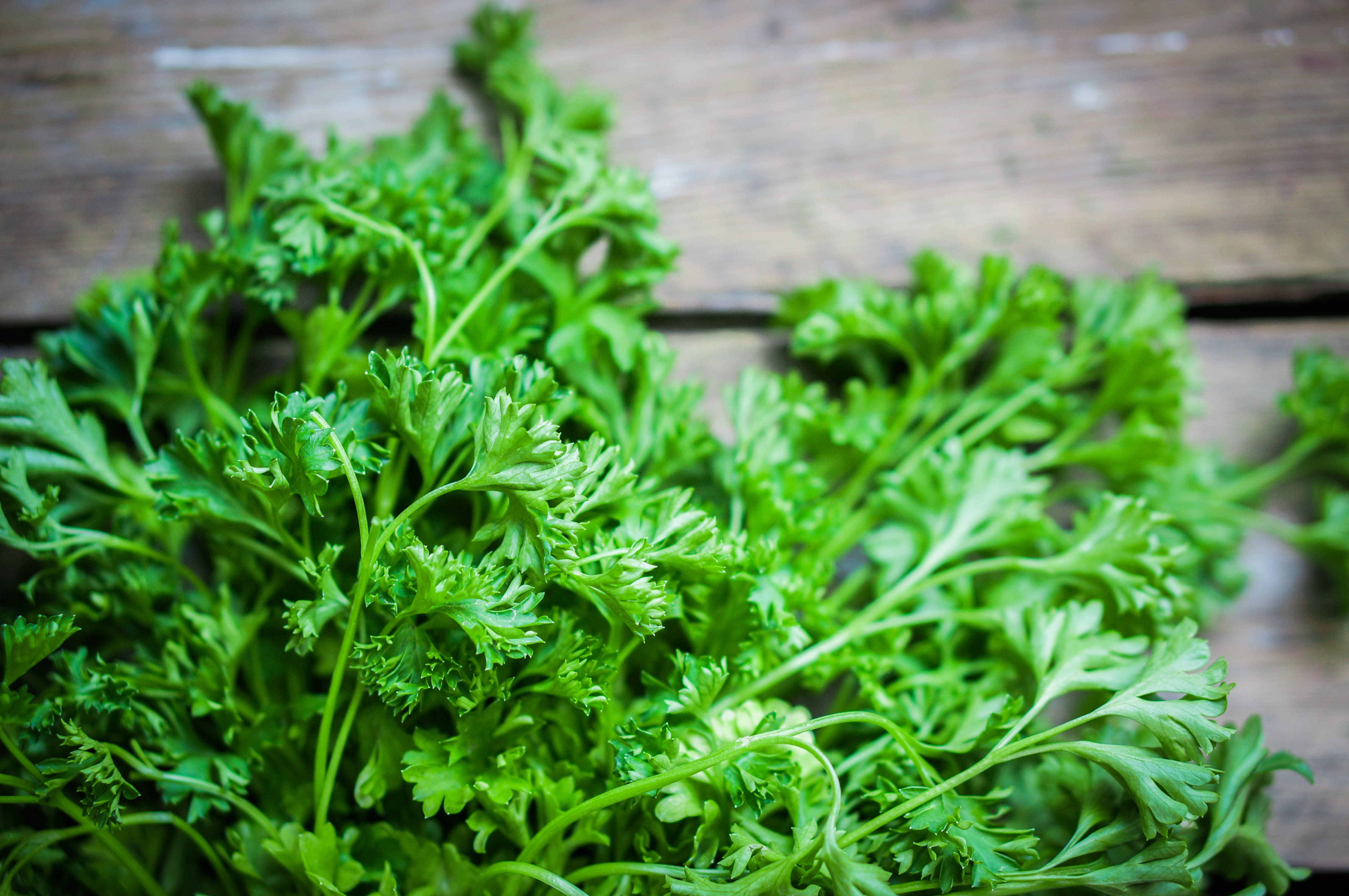How to Serve Up Larger Helpings of Folate
Professionals in victualling management do not need to be told that a majority of cereals and baked goods have been fortified by the addition of B vitamins. One of those additives is folic acid, the synthetic form of folate. Because consumption of the natural form of folic acid increases the chance that the same nutrient will be absorbed by the body, those chefs that answer to authorities in any of the marine catering companies should know how to serve up generous amounts of folate.
Foods known to be rich in folate
By placing on a menu one or more items from a listing of particular foods, on-board cooks can guarantee the presence of lots of folate in the meals served to crew members on a cargo ship. Obviously, on board catering management should work with the appropriate marine catering company, in order to ensure delivery to catered vessels of foods from that list of folate-rich food choices. Some of those choices can serve as a healthful selection on any lunch or dinner plate. For example, asparagus, turnip greens, spinach, Brussels sprouts and endive have the leafy green appearance that serves as an indication of folate’s presence. Still, a food does not have to be green in order to serve as a good source of the natural form of folic acid. Nature has added that particular B vitamin to chicken livers, sunflower seeds, chickpeas, peanuts and black eyed peas.
Other ways that cooks can serve up generous helpings of Vitamin B9 (folate)
Both basil and parsley have provided nature with another means for providing cooks with a folate-rich food. Of course those herbs would never be presented on a plate in the same manner as asparagus, turnip greens or one of the green vegetables listed earlier, for the benefit of various maritime catering companies. Yet either one of them could be mixed with a starchy food, such as rice or pasta. On board chefs could also make some nutritious breakfast foods, if a ship crew management team has arranged for delivery to a vessel’s pantry of the proper items. That pantry ought to have on its shelves both yeast extract and wheat germ. Both yeast extract and wheat germ contain a high density of the natural form of folic acid. Both of them can be added to foods that might be made during preparation of a morning meal.
Additional reasons that folate’s presence in meals cannot be overlooked
Experts in maritime management, along with professionals in victualling services should not overlook the fact that a healthy man requires 400 micro grams of folate per day. If a health condition has pushed a crew member on a cargo ship to take certain medications, that same man may need more than that minimum level of 400 micro grams. In addition, men and women with a certain type of anemia must take in more than that minimum amount of Vitamin B9 each day. For example, someone on an anti-ulcer drug such as sulfazone needs to get more than a minimum amount of that particular vitamin each day. That same fact applies to anyone that relies on the diuretic triamterene, on the arthritis-fighting drug methotrexate or on metformin, a drug for those with Type II diabetes. Fortunately, the decisions made by marine catering companies, with respect to the foods served on each of a single company’s catered vessels, can contribute to creation of meals in which folate’s presence stands out clearly.

